In the golden haze of a monsoon morning, temple bells chime softly over a village square. The scent of wet earth mingles with incense, and somewhere nearby, a cobra sways gracefully to the flute of a snake charmer. It is Nag Panchami — a festival where reverence and fear, myth and devotion, life and death, all coil together in one timeless celebration.
Nag Panchami isn’t just a ritual. It’s a dialogue — a sacred dance between humans and serpents that transcends religion and biology, rooted deeply in India’s spiritual soil.
READ MORE : https://digitalmohit.co.in/
Where Myth Breathes and Serpents Rule
Nag Panchami (literally, “Serpent Fifth”) falls on the fifth day of the bright half of the lunar month of Shravan (July-August). In Hindu mythology, serpents are not mere animals. They are Nāgas — powerful, semi-divine beings dwelling in the netherworld (Pātāla) or coiled around the neck of Lord Shiva himself.
They’re gods, guardians, and sometimes, destroyers.
In the Mahabharata, the Nāga Takshaka causes the death of King Parikshit, leading to an epic cycle of revenge and penance. In the Bhagavata Purana, Krishna tames the venomous serpent Kaliya in the Yamuna river — not by killing him, but by dancing upon his heads, transforming rage into reverence.
Is it any wonder then, that every year, people across India honor snakes with milk, prayers, and flowers?
READ MORE : https://digitalmohit.co.in/category/festival/
Rural Realities: Faith in the Fields
In small towns like Channapatna in Karnataka or Vaidyanath in Maharashtra, villagers walk barefoot to snake pits, carrying bowls of milk and turmeric. They don’t ask for much — maybe protection for their children, rain for their crops, or peace from ancestral curses.
“My grandfather told me,” says Meenakshi, a 67-year-old from a village in Tamil Nadu, “that snakes understand gratitude. If you feed them, they’ll protect your home.”
It’s a belief that often blurs the line between the sacred and the ecological. In a way, Nag Panchami is India’s oldest wildlife conservation campaign — one rooted in mythology rather than science. For one day, at least, snakes aren’t pests to be feared, but gods to be worshipped.
Urban Echoes: Rituals Amidst Concrete
In modern cities, Nag Panchami takes on new colors.
Clay or silver idols of cobras are worshipped in homes. Women draw serpent-shaped rangoli patterns at their doorsteps. Devotees queue outside temples like Nagoba Mandir in Pune or Nag Nathaiya Ghat in Varanasi, offering prayers to wooden or stone icons, believing they house the spirit of real serpents.
“Even though I live in an apartment now,” says Rajesh, an IT professional in Bengaluru, “I still remember my mother whispering mantras over bowls of milk and leaving them near ant hills. I do the same on Nag Panchami. It keeps me connected.”
For many urban Indians, the festival is a bridge — between tradition and modernity, between what was and what could still be.
A Question of Compassion
Nag Panchami has, however, seen controversy. In some areas, live cobras were traditionally caught, kept without food or water, their fangs removed, and paraded through villages. Today, animal rights groups and forest officials are working hard to change that.
Thanks to awareness campaigns and stricter enforcement, many states now ban the use of live snakes during rituals.
“In my temple, we now use a beautifully crafted bronze cobra,” says Pandit Vijay of a temple in Madhya Pradesh. “The devotion is still pure. We don’t need to harm nature to honor it.”
This growing shift reflects a more compassionate and sustainable way to celebrate — one where reverence does not come at the cost of cruelty.
Why the Serpent Still Matters
Why worship something that could kill you with a single bite? Why leave milk for a creature that likely doesn’t even drink it?
The answers are more emotional than logical.
Serpents represent power, danger, mystery — but also healing. In ancient Indian medicine and alchemy, the snake symbolizes transformation, as it sheds its skin. In Kundalini yoga, serpent energy coils at the base of the spine, waiting to awaken and rise. In dreams, a snake is not just a fear — it’s often a guide.
Nag Panchami, then, is less about snakes and more about the human psyche. It teaches humility before the unknown. It reminds us that we share this world not just with gods or animals, but with forces beyond our comprehension.

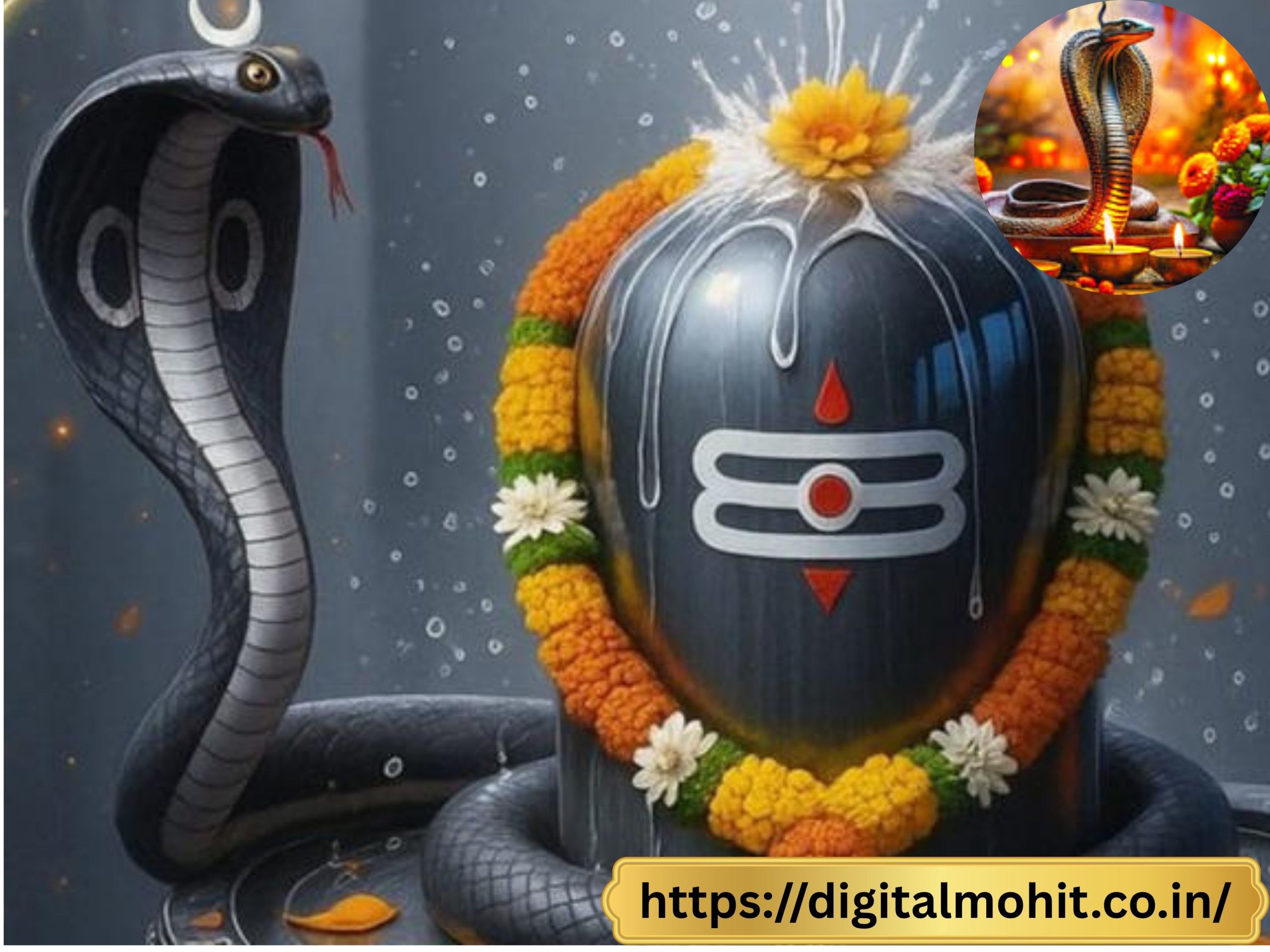

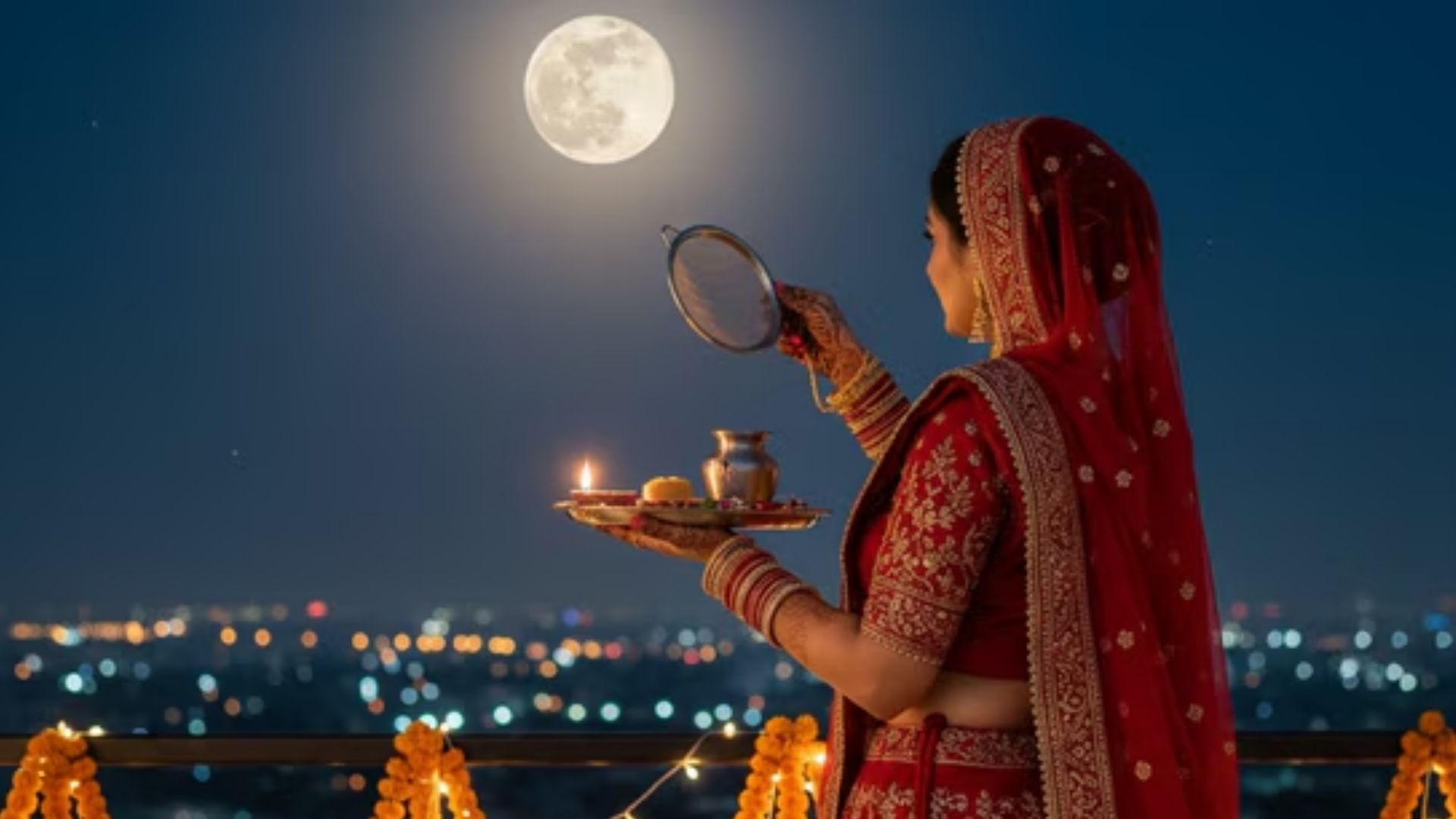

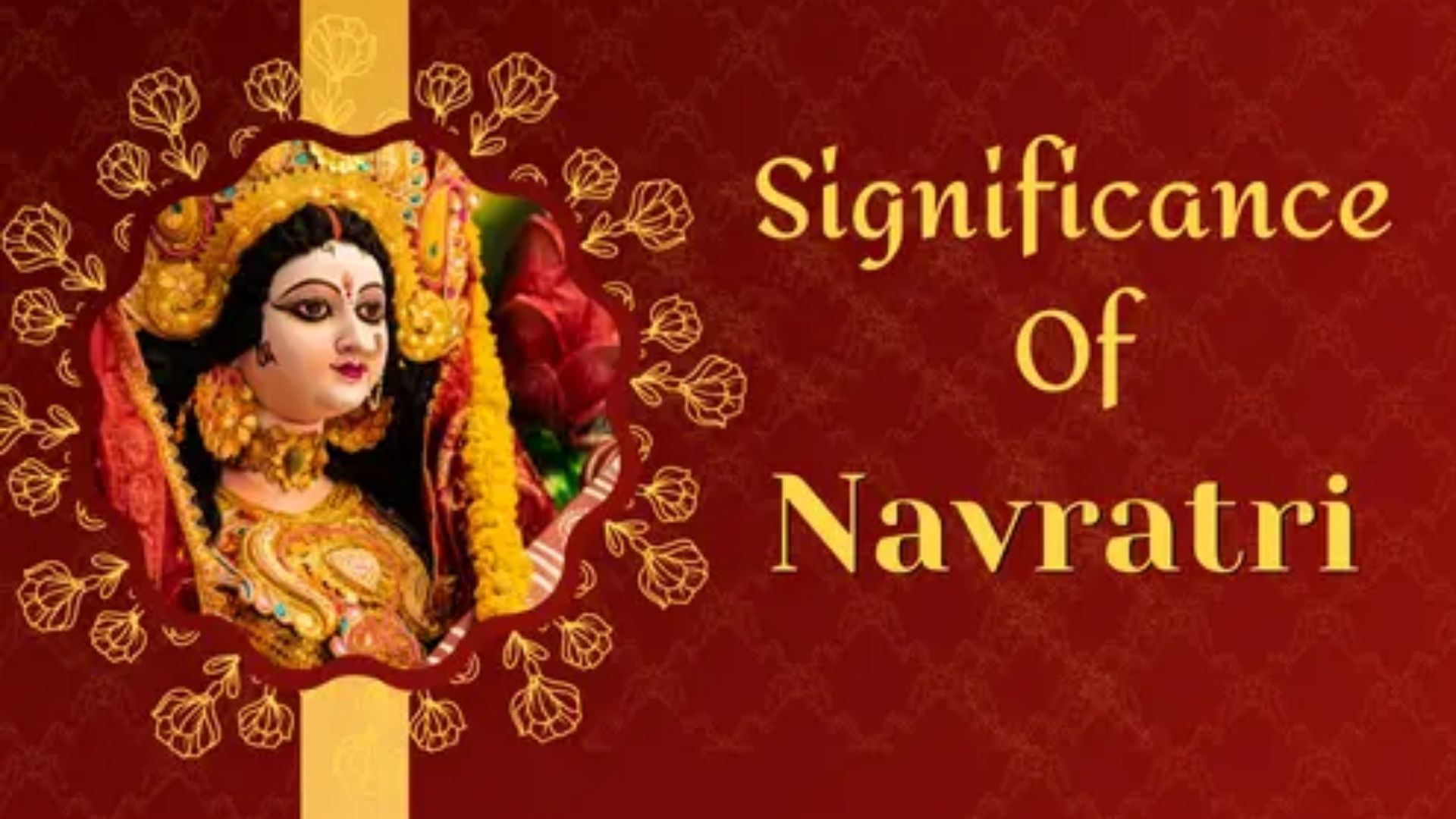
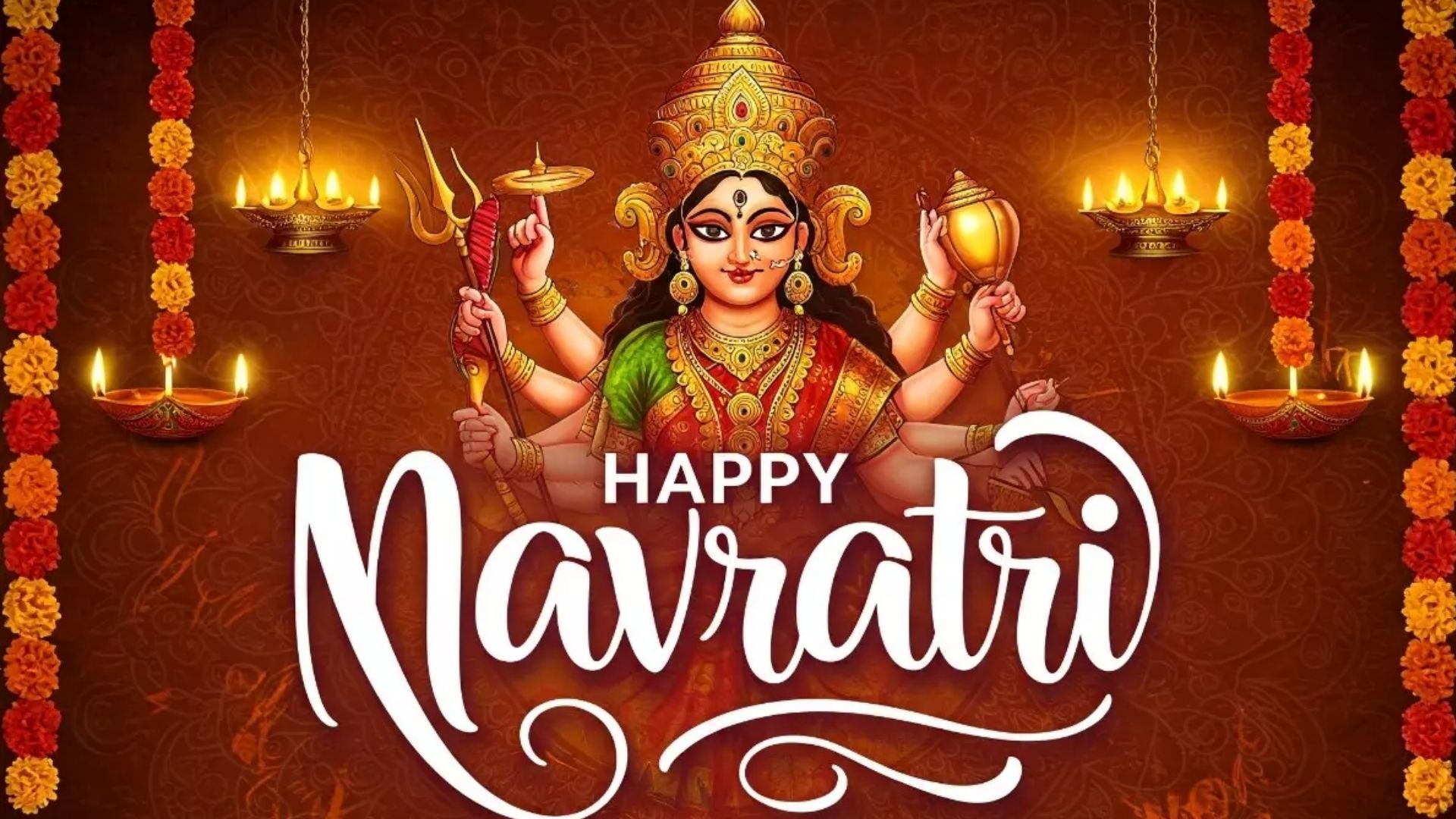
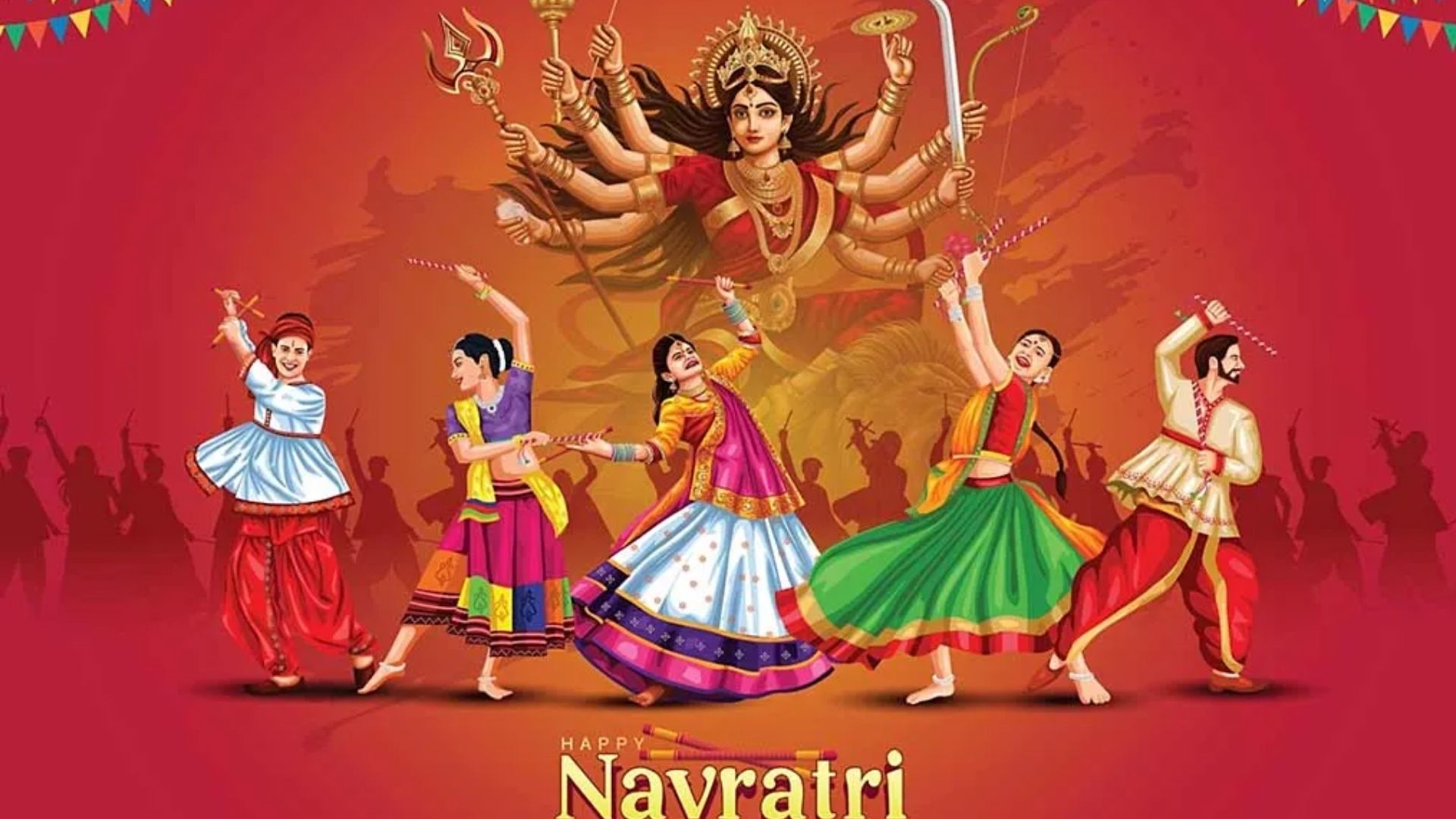
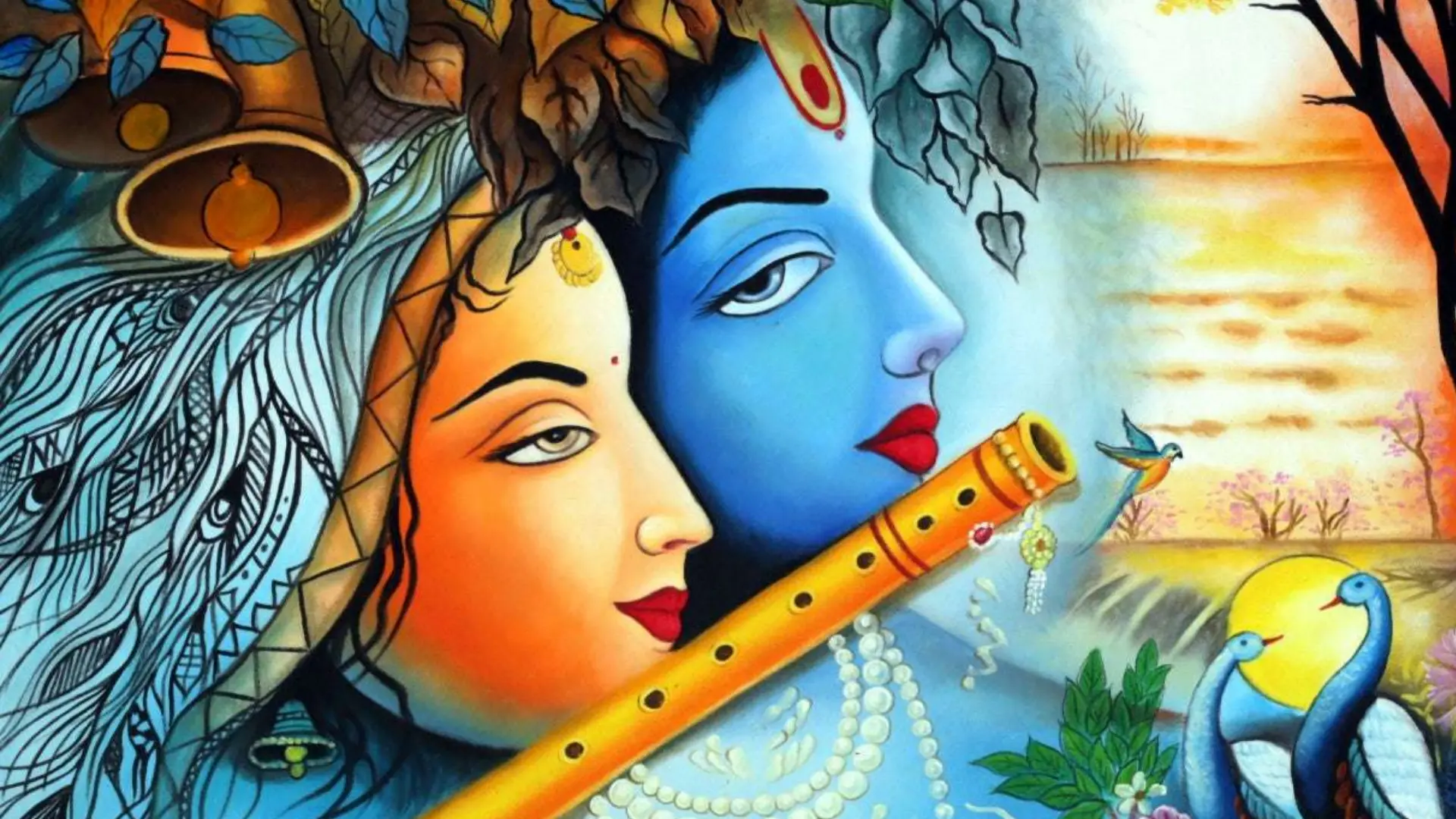

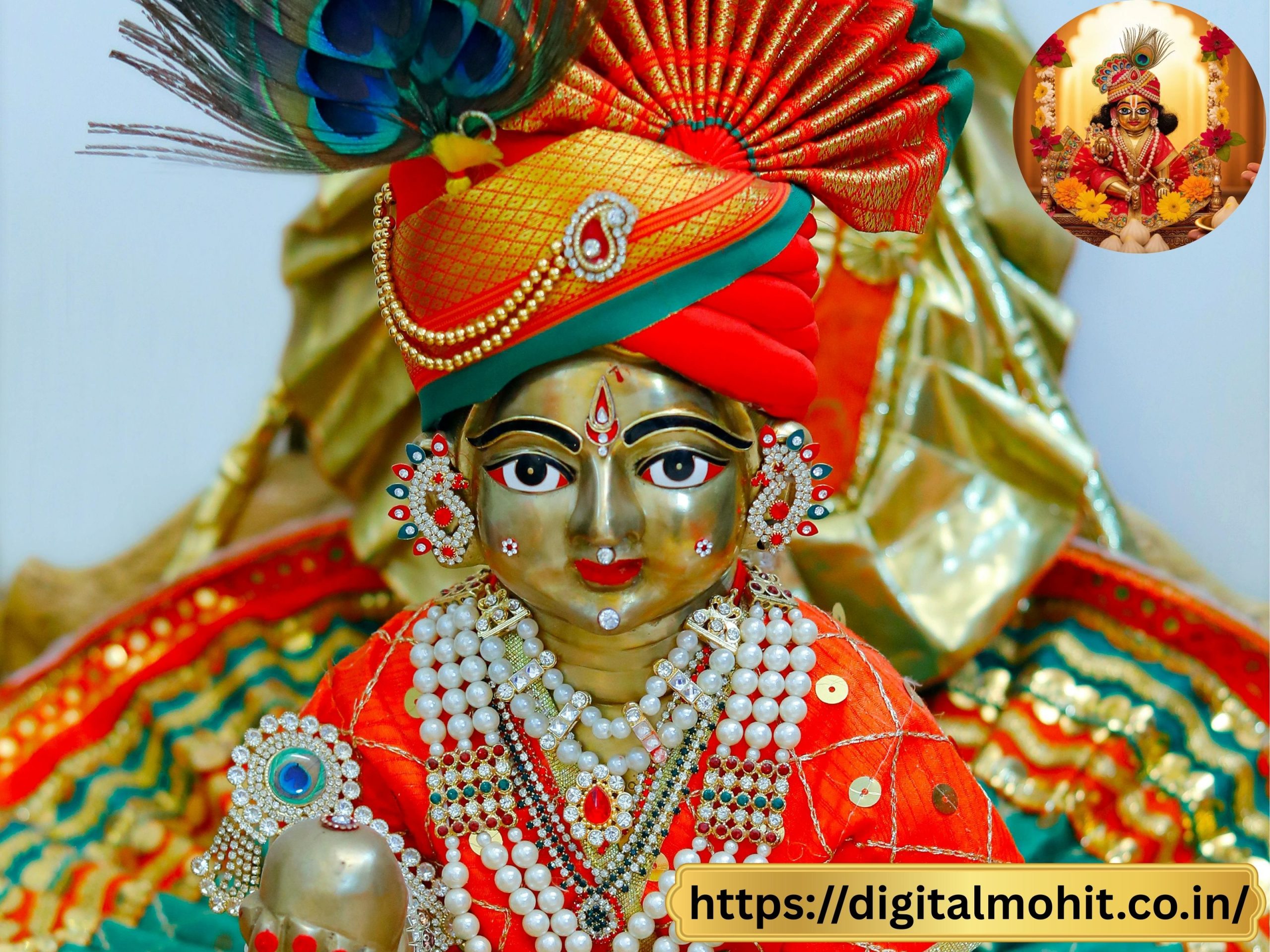





Leave a Reply